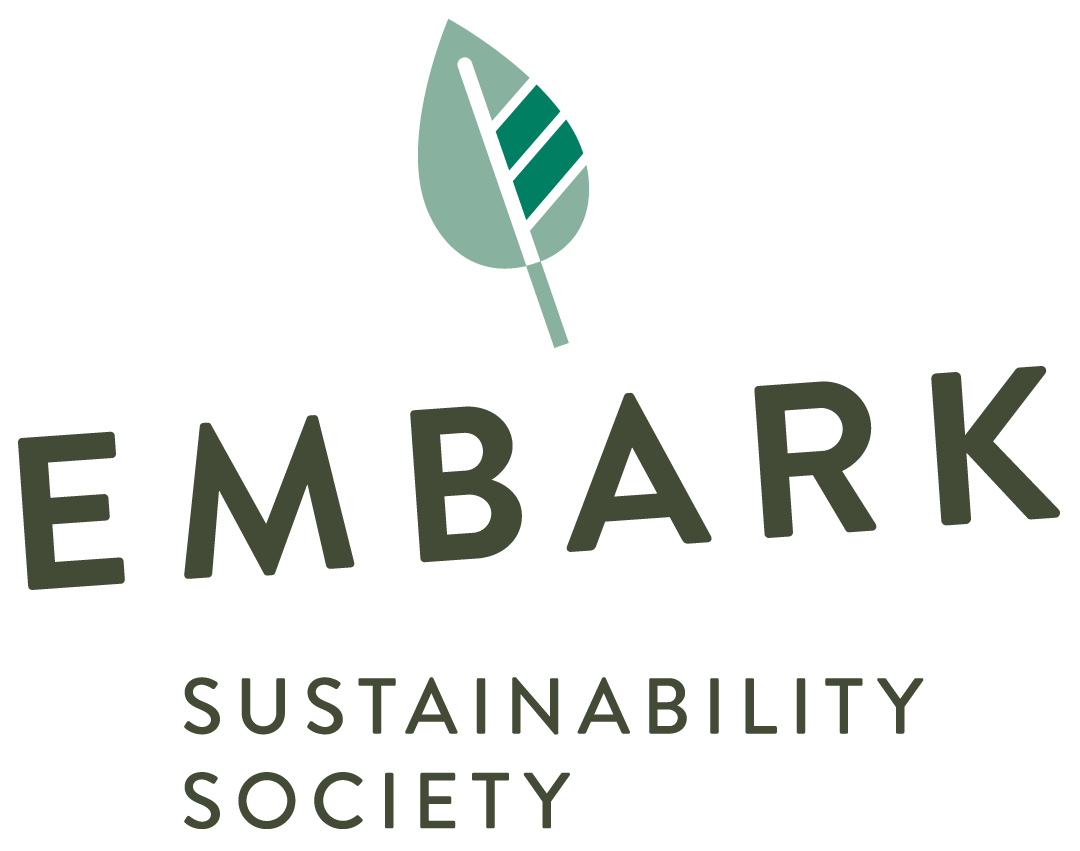Eat Wild
You know that famous saying, “you are what you eat”? Well, if that were true I would definitely be salmon considering the mass amounts of salmon sashimi I consume. I could probably argue that I eat sushi for 180/365 days a year. Recently, I started cluing in on the fact that some restaurants have the option for “wild” salmon. What is wild salmon and why isn’t all the salmon on the menu wild?
So, it turns out there’s an entire salmon farming industry in B.C. (and a plethora of other cities and countries) which is being closely observed by many environmental organizations, such as the David Suzuki Foundation. Basically, salmon are grown in cages located in freshwater fjords or bays. They are fed and bred their whole life for human consumption.
Many argue that this form of aquaculture is sustainable and economical. However, the industry is under scrutiny due to its potentially harmful impacts on the environment and to both farmed and wild salmon; some of the main concerns are salmon feed and sea lice.
Salmon Feed
Naturally, adult salmon eat other marine animals such as squid, eels, and prawns. In farms, salmon are generally fed fishmeal and fish oil. Although a portion of these products is made from concentrates of marine animals, the fish used are mostly taken from the southern hemisphere. Most ingredients include poultry by-products, GMOs, and other fillers. Aside from concerns regarding the unnatural ingredients being fed to these animals, the extra feed usually ends up on the waterbed affecting water oxygen levels, leading to salmon deaths. So if these salmon “are what they eat”, they’re also chicken, obscene amounts of fish oil, wheat, soy, and more.
Sea Lice
These parasites naturally occur on some species of salmon and are transported by the tide. They attach themselves to the host animal and feed off their skin, mucous, and blood. Since farmed salmon are in an enclosed area, it is very easy for sea lice populations to breed and attach to large amounts of salmon. These parasites can create deep wounds, fin damage, skin erosion, and constant bleeding.

Sea lice attached to salmon
These are only two of the many significant factors resulting in the harming of both farmed and wild fish. Salmon farms are usually located in areas where wild salmon migrate through, exposing the wild fish to the same risks. Harm to wild salmon impacts the culture and livelihoods of several First Nations groups’ cultural identity. For some Coast Salish groups, salmon is a traditional food with a spiritual significance; salmon farming can be quite invasive to their heritage and another way colonization has altered their long-established livelihoods.

Protesters against salmon farming
Although there are partnerships in place between indigenous peoples and salmon farming companies, work still needs to be done. The partnerships and organisations, such as the Aboriginal Aquaculture in Canada Initiative (AACI) and the Aboriginal Aquaculture Engagement Initiative (AAEI), are supposed to increase the indigenous presence in the maintenance and running of the fish farms to help ensure sustainable and ethical practices are in place. This co-creative industry is a great step in the right direction, but protests aren’t quite a thing of the past just yet. It’s 150 years later, and we’re still trying to figure this all out.
As an avid salmon sashimi consumer, it was difficult for me to read about what I was ingesting and these farming practices’ negative social and environmental impacts. Learning about this topic has definitely made me think twice about what I order, and now I always pick the wild salmon option.
Sources:
https://davidsuzuki.org/project/fisheries/
http://www.farmedanddangerous.org/
http://marineharvest.ca/globalassets/canada/news-pdf/2009/salmon-in-bc-reference-document.pdf
http://www.dfo-mpo.gc.ca/aquaculture/programs-programmes/aboriginal-autochtone-eng.htm
http://www.fao.org/fishery/affris/species-profiles/atlantic-salmon/feed-production/en/
Schreiber, D. (2003). Salmon Farming and Salmon People: Identity and Environment in the Leggatt Inquiry. American Indian Culture & Research Journal, 27(4), 79-103.
